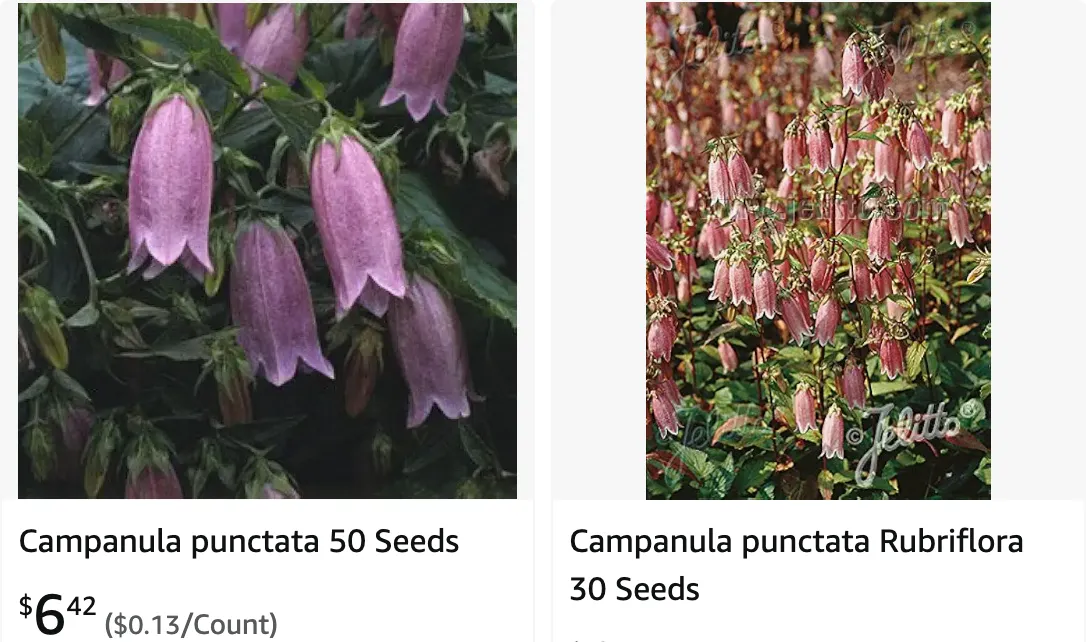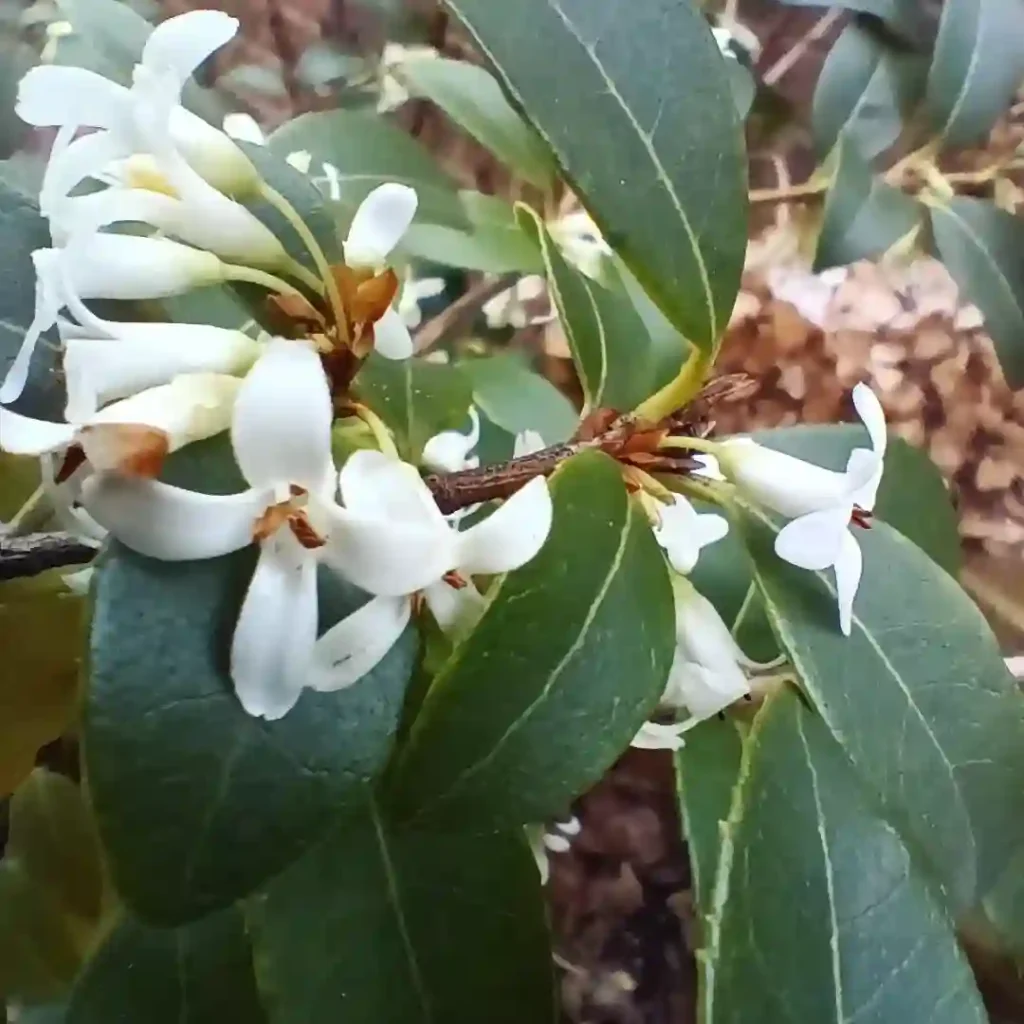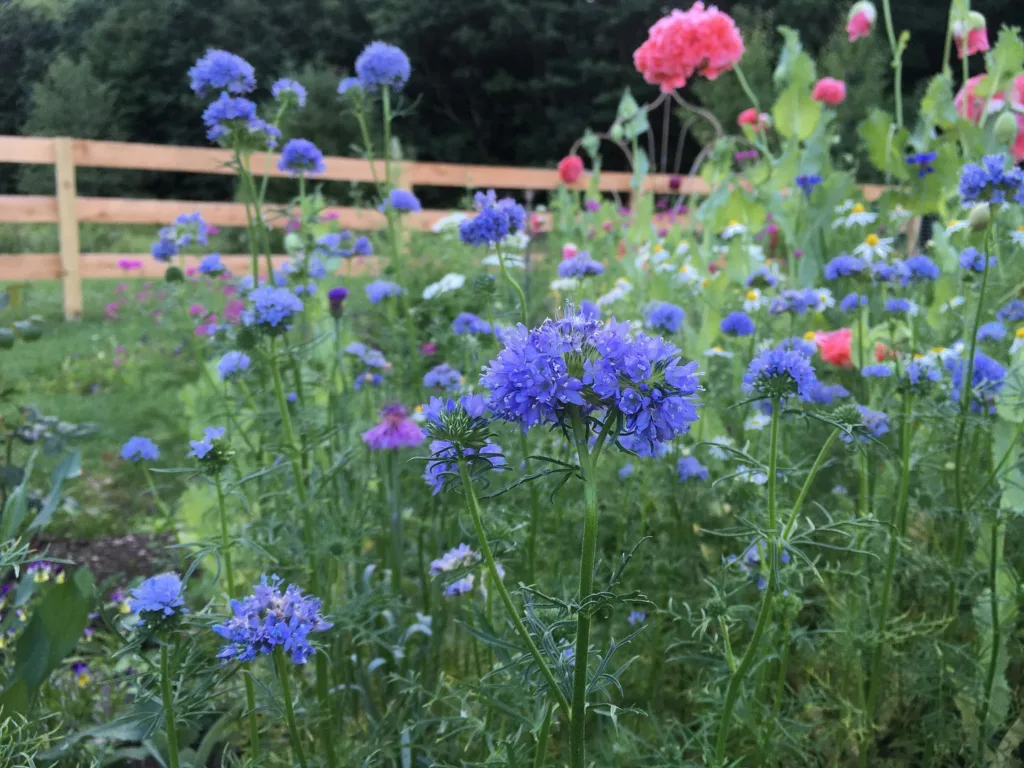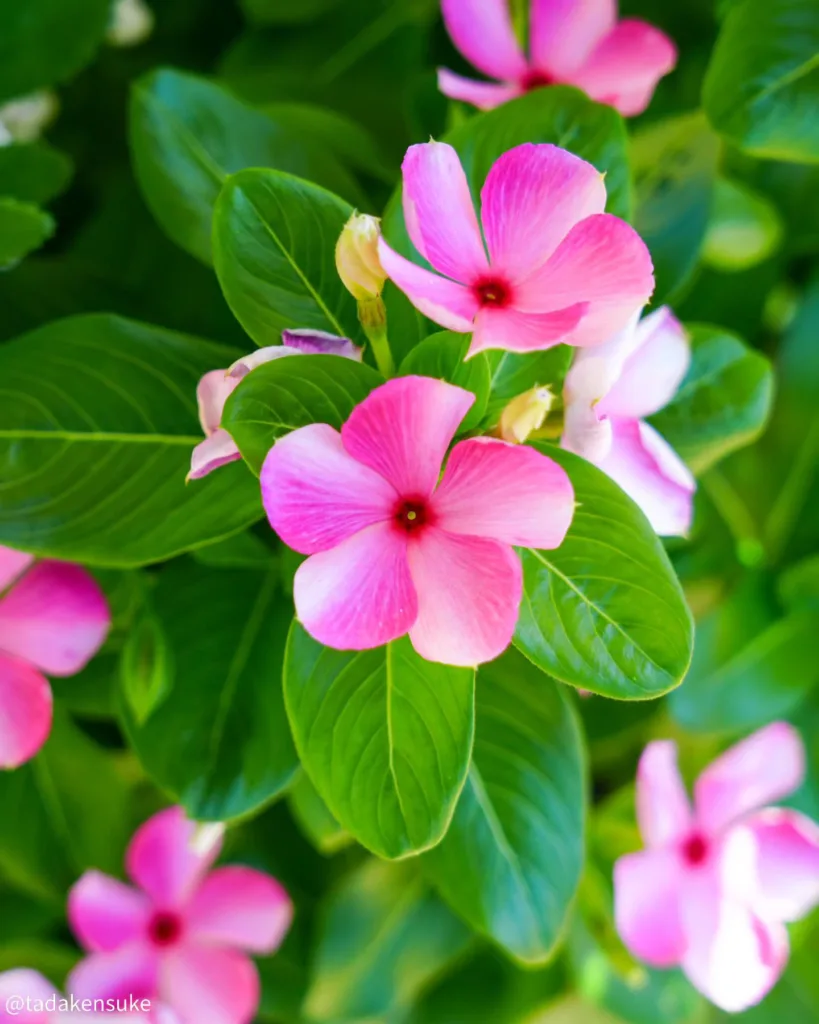
Campanula Punctata: A Charming Bellflower for Your Garden
Hi, Ferb Vu here! Today, we’re diving into the delightful world of Campanula punctata, also known as the Spotted Bellflower. This little charmer is a perennial favorite, boasting delicate bell-shaped blooms and a carefree attitude. Whether you’re a seasoned gardener or a curious beginner, this FAQ will answer all your questions about bringing Campanula punctata into your floral fold.
459 Species in Genus Campanula – Bellflowers
What is Campanula punctata?
Campanula punctata, with its name derived from the Latin word for “bell” (campana), is a flowering perennial belonging to the Campanulaceae family. Native to the mountainous regions of East Asia, it’s known for its dainty, pendent blooms that resemble miniature bells. These blossoms typically come in shades of white, pink, or purple, often adorned with delightful speckles on the inside.
How does Campanula punctata compare to other Bellflowers?
There are over 300 species in the Campanula genus, each offering a unique charm. Here’s a quick comparison of Campanula punctata with two popular cousins:
- Campanula medium (Canterbury Bells): These beauties boast larger, showier bells compared to the punctata’s delicate blooms. However, they’re typically biennials, meaning they complete their lifecycle in two years.
- Campanula portenschlagiana (Dalmatian Bellflower): This cascading variety features star-shaped, violet-blue flowers and enjoys drier conditions than the punctata.
While each Bellflower offers its own appeal, Campanula punctata stands out for its compact size, delicate blooms, and low-maintenance needs.
What are the ideal growing conditions for Campanula punctata?
Campanula punctata thrives in well-drained soil, preferring a slightly alkaline or neutral pH. Here’s a breakdown of its happy place:
- Light: Enjoys full sun to part shade. In very hot climates, afternoon shade is appreciated.
- Soil: Prefers fertile, well-draining soil. Sandy or loamy mixes are ideal.
- Watering: Keep the soil consistently moist, especially during hot weather.
- Temperature: Tolerates a wide range of temperatures, but thrives in cooler climates.
How do I care for Campanula punctata?
Here’s the beauty of Campanula punctata – it’s a low-maintenance charmer!
- Feeding: A light feeding of balanced fertilizer in spring is sufficient.
- Pruning: Deadheading spent blooms encourages continuous flowering throughout the season. You can also give the plant a light pruning in late summer to maintain a tidy shape.
- Winter Care: In colder climates, mulch the base of the plant with leaves or straw for winter protection.
How do I propagate Campanula punctata?
Campanula punctata offers two easy propagation methods:
- Division: In spring or fall, carefully divide established clumps with a sharp spade. Replant the divisions in well-draining soil.
- Seed Sowing: Sow seeds indoors in early spring or directly outdoors after the danger of frost has passed. Seeds germinate readily in moist, cool soil.
Does Campanula punctata have any pests or diseases?
Campanula punctata is generally pest and disease resistant. However, watch out for:
- Slugs and snails: These slimy creatures can munch on leaves. Use organic slug traps or deterrents like crushed eggshells.
- Powdery mildew: This fungal disease appears as white powdery spots on leaves. Improve air circulation and use fungicide if necessary.
What are the best companion plants for Campanula punctata?
Campanula punctata pairs beautifully with a variety of plants:
- Low-growing perennials: Yarrow, catmint, or Geranium provide textural contrast and colorful blooms.
- Ornamental grasses: The feathery texture of grasses like Calamagrostis adds a touch of elegance.
- Small shrubs: Low-growing shrubs like Potentilla or Spirea offer a backdrop for the delicate blooms.
Can I use Campanula punctata as a cut flower?
Yes, you can! The delicate blooms add a charming touch to bouquets. Cut the stems just below a node when the flowers are half-open. Place them in a cool vase with fresh water and enjoy their beauty indoors.
Is Campanula punctata deer resistant?
While not completely deer-proof, Campanula punctata is generally considered less palatable to deer compared to other flowering plants. Planting it near strong-smelling herbs like lavender may further deter browsing.
Is Campanula punctata poisonous?
Yes, it’s important to note that Campanula punctata is mildly toxic. While not fatal, ingesting parts of the plant can cause stomach upset in humans and pets. It’s best to plant it in areas inaccessible to children and curious animals.
Where can I find Campanula punctata?
You can find Campanula punctata at local nurseries and garden centers. It’s also readily available online from reputable plant retailers.
With its charming bells and easy-going nature, Campanula punctata is a delightful addition to any garden. So why not give it a try and bring a touch of whimsical beauty to your floral haven?
If i die, water my plants!



